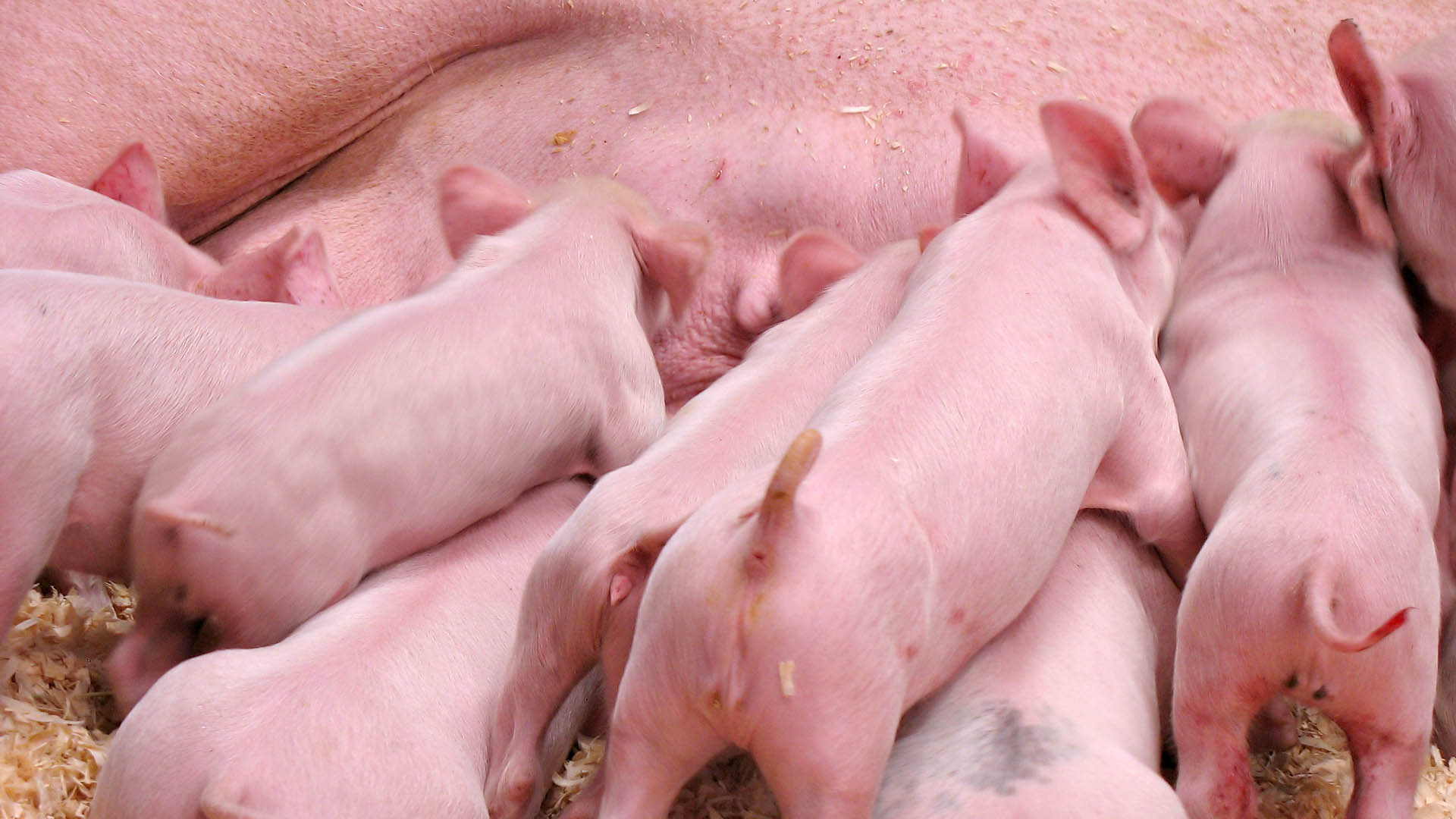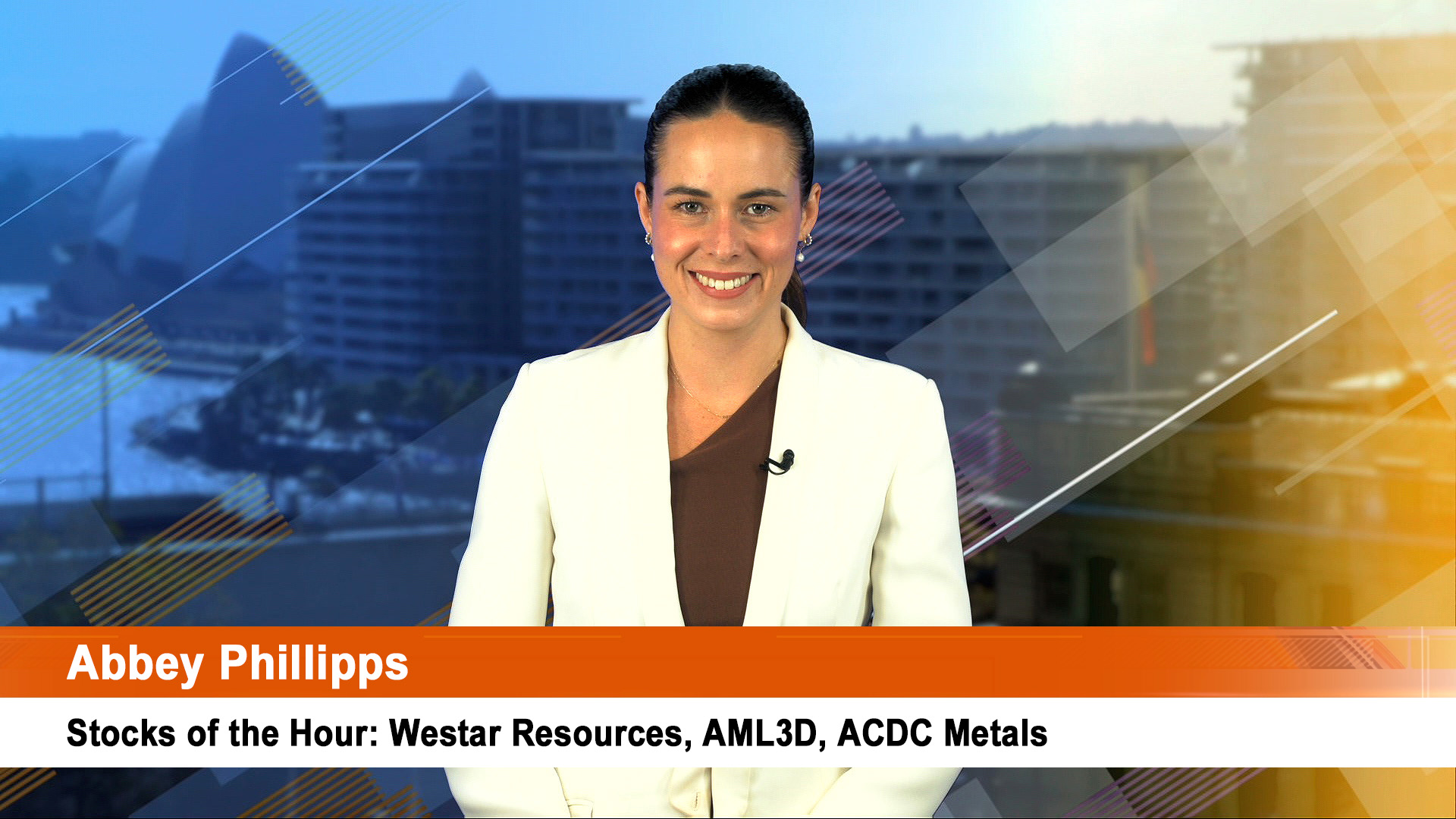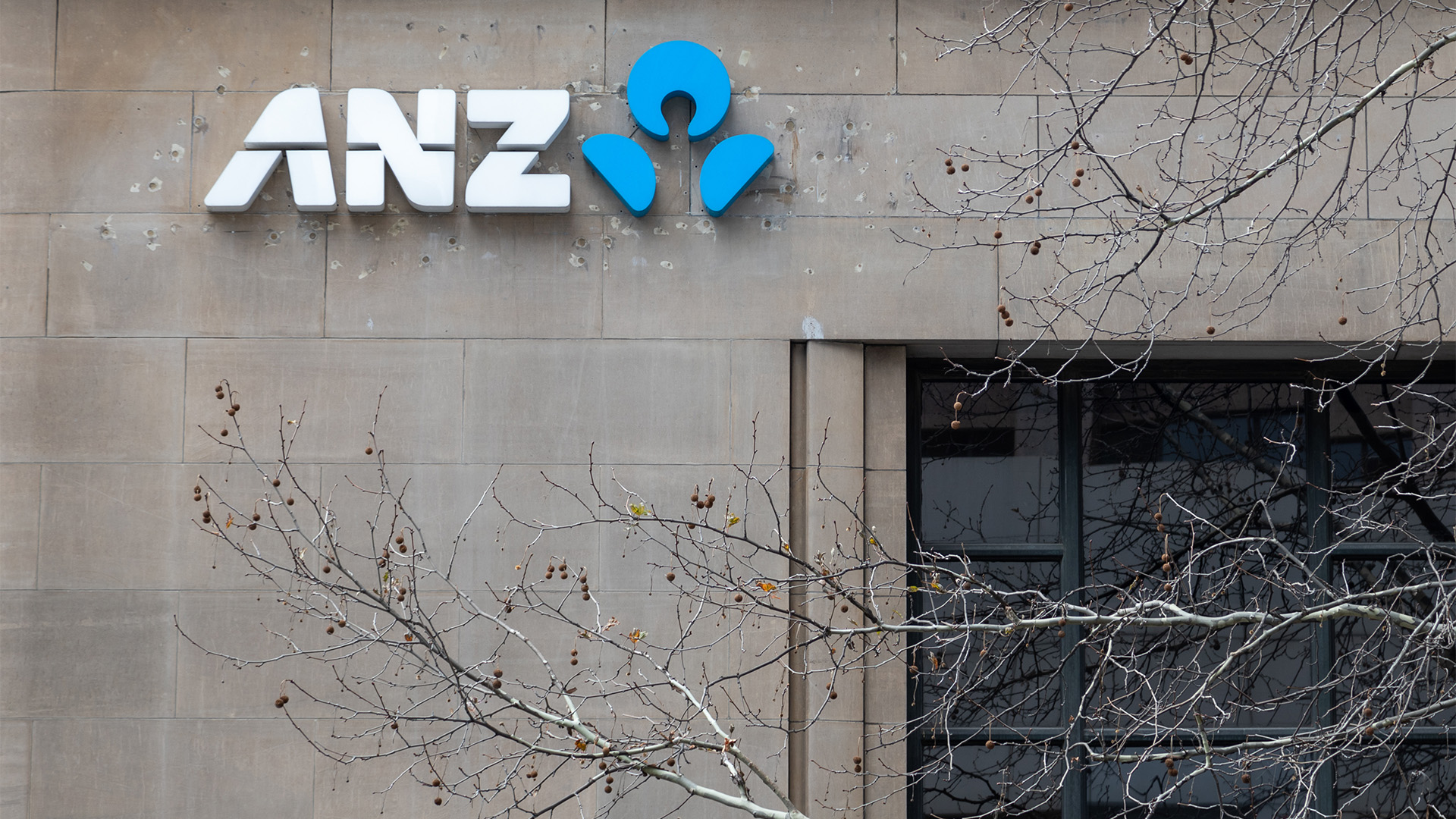Australian interest rates to remain on hold next Tuesday and US rates to rise next month – that’s the sum total of overnight speeches and data releases.
As well, iron ore prices fell to new lows overnight – a move that will rattle the big miners, while sharemarkets were hit by the downing of a Russian jet by Turkey which sparked early fears and falls in Europe, but which had eased by the close in New York where shares ended flat.
In Sydney, Reserve Bank governor Glenn Stevens told an economists’ dinner that interest rates will stay on hold at next Tuesday’s RBA board meeting meeting because the case for leaving them steady was one he “happened to agree with”.
His highly unusual admission in his speech came on the eve of the start of the usual week-long cone of silence all RBA officials and board members observe ahead of each monthly board meeting.
His comments actually came in an answer in a Q and A session after his speech.
Mr Stevens was asked why it was that the Bank hadn’t cut rates again even though the economy was growing more slowly than it could and inflation was low.
Was it because the Bank believed the economy was picking up, or was it because a further cut from already low levels would hurt the incomes of retirees who lived off interest.
“You are making the case for us to sit still. It is an idea I happen to agree with", he told the dinner of the Australian Business Economists group.
It was the second major admission the business economists group heard – earlier, Nigel Ray, the Deputy Secretary of Federal Treasury downgraded the Federal budget’s key forecasts for growth for 20915-16 and beyond, and effectively foreshadowed larger deficits (and higher debt) for longer as well.
The downgrades will come in the mid year economic update next month.
In the US overnight, the second estimate of third quarter GDP saw a sharp upgrade to an annual rate of 2% from the original figure of 1.5%, with higher savings, rising levels of consumer spending and lower corporate profits featuring.
Economists said the upgrade shows the economy remains in solid shape ahead of the two day Fed meeting next month which will almost certainly see rates rise for the first time since 2006.
The rate increase is almost a certainty in the minds of most in the markets, although there is a core of non-believers who reckon the Fed won’t move.
While nowhere near the 3.9% annual growth seen in the second quarter (which was a bounce from the cold winter and first quarter, US economists say the economy is growing steadily – as the jobs market continues to signal (and despite the weak numbers of August and September).
Certainly Wall Street took the news in its stride. Trading had been hit early on by Turkey’s shooting down of a Russian fighter jet – that hit European markets which lost ground and fell.
European stocks finished the day sharply lower, but off their lows for the day.
France’s CAC 40 fell 1.5% to 4815.22, Germany’s Dax lost 1.6% to 10917.11 and London eased half a per cent to 6277.07.
The shooting down of a Russian fighter jet by Turkey was the major factor.
Gold and oil prices rose, then started easing as the situation steadied. Copper prices jumped more than 5 US cents to top the $US2.07 mark and regain most of the losses from Monday’s slide.
Wall Street closed flat after the earlier losses with small gains for the Dow, Nasdaq and S&P, which were better than the earlier losses that flowed from European trading.
Our market’s 1% loss yesterday will be partially reversed this morning, according to the overnight futures market with a 20 plus point jump pencilled in.
But traders will have to contend with another slide in iron ore prices which fell to new lows overnight.
Iron ore sank to the lowest level in at least six year, down 1.9% to $US43.89 a dry tonne, the lowest in daily data dating back to May 2009, according to Metal Bulletin Ltd.
That was lower than the previous low of $US44.59 set in July (other sources say the low was %US44.10). Other sources had the price falling 1.8% to $43.40 a tonne.













